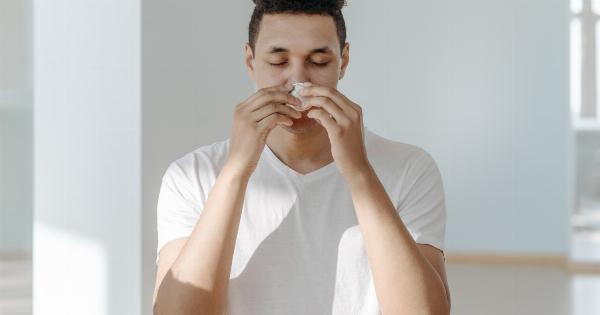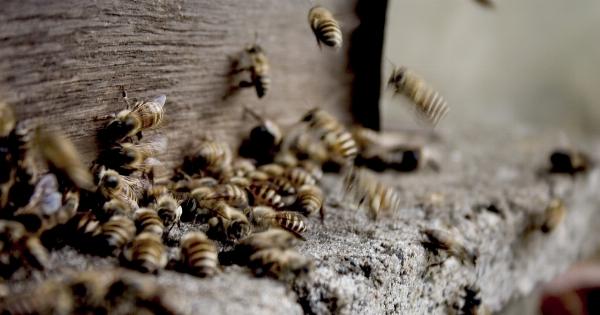Spring is a beautiful time of year, but for those with allergies, it can be a nightmare. The symptoms of allergies, which include sneezing, runny nose, itchy eyes, and congestion, can make it difficult to enjoy the season.
However, there are steps you can take to minimize your exposure to allergens and reduce your symptoms. Here are some tips for surviving spring if you suffer from allergies.
1. Keep your windows closed
While it may be tempting to open your windows and let in the fresh spring air, it’s not the best idea if you have allergies. Opening your windows can bring in pollen and other allergens, which can worsen your symptoms.
Instead, keep your windows closed and use air conditioning to keep your home cool.
2. Limit your time outdoors
During the spring, pollen counts are typically higher, especially on windy days. If you need to go outside, try to limit your time and avoid going out during peak pollen times, such as early morning and late afternoon.
3. Wear a mask
If you need to do yard work or other outdoor activities, consider wearing a mask to help filter out pollen and other allergens. N95 masks are the most effective, but even a simple cloth mask can help reduce your exposure.
4. Shower and change clothes after being outside
When you come inside from being outdoors, pollen can cling to your clothes and skin. To reduce your exposure, take a shower and change into clean clothes as soon as possible.
5. Use allergy-friendly cleaning products
Many cleaning products can trigger allergy symptoms.
To reduce your exposure, look for products that are labeled “allergy-friendly.” These products are designed to be less irritating and are free from common allergens such as fragrances and dyes.
6. Vacuum frequently
Pollen and other allergens can easily accumulate in carpets and rugs. To reduce your exposure, vacuum your home frequently, using a vacuum with a HEPA filter. This will help to trap allergens and remove them from your home.
7. Use an air purifier
An air purifier can help to remove allergens from your indoor air. Look for a purifier with a HEPA filter, which can trap even small particles such as pollen and pet dander.
8. Avoid outdoor pets
If you have allergies, it’s best to avoid contact with pets that spend time outdoors. This is because their fur can collect pollen and other allergens, which can then be transferred to you.
9. Take allergy medication
If you are suffering from allergy symptoms, over-the-counter allergy medications can provide relief. Antihistamines, decongestants, and nasal sprays can all help to reduce your symptoms.
Talk to your doctor or pharmacist to determine the best medication for you.
10. Consider allergy shots
If you have severe allergies, allergy shots may be an option for you. These shots, also known as immunotherapy, work to desensitize your immune system to the allergen, reducing your symptoms over time.




























